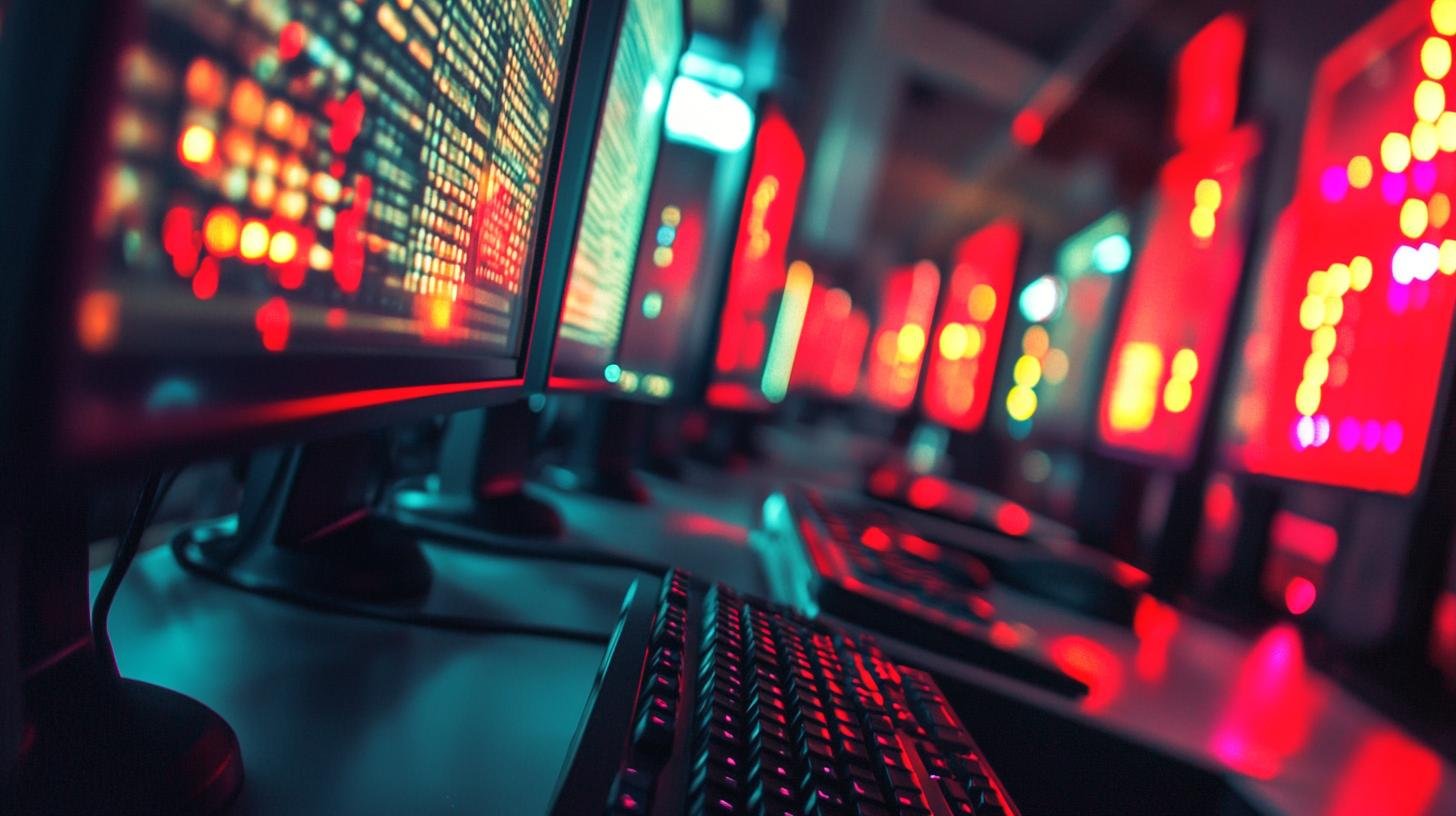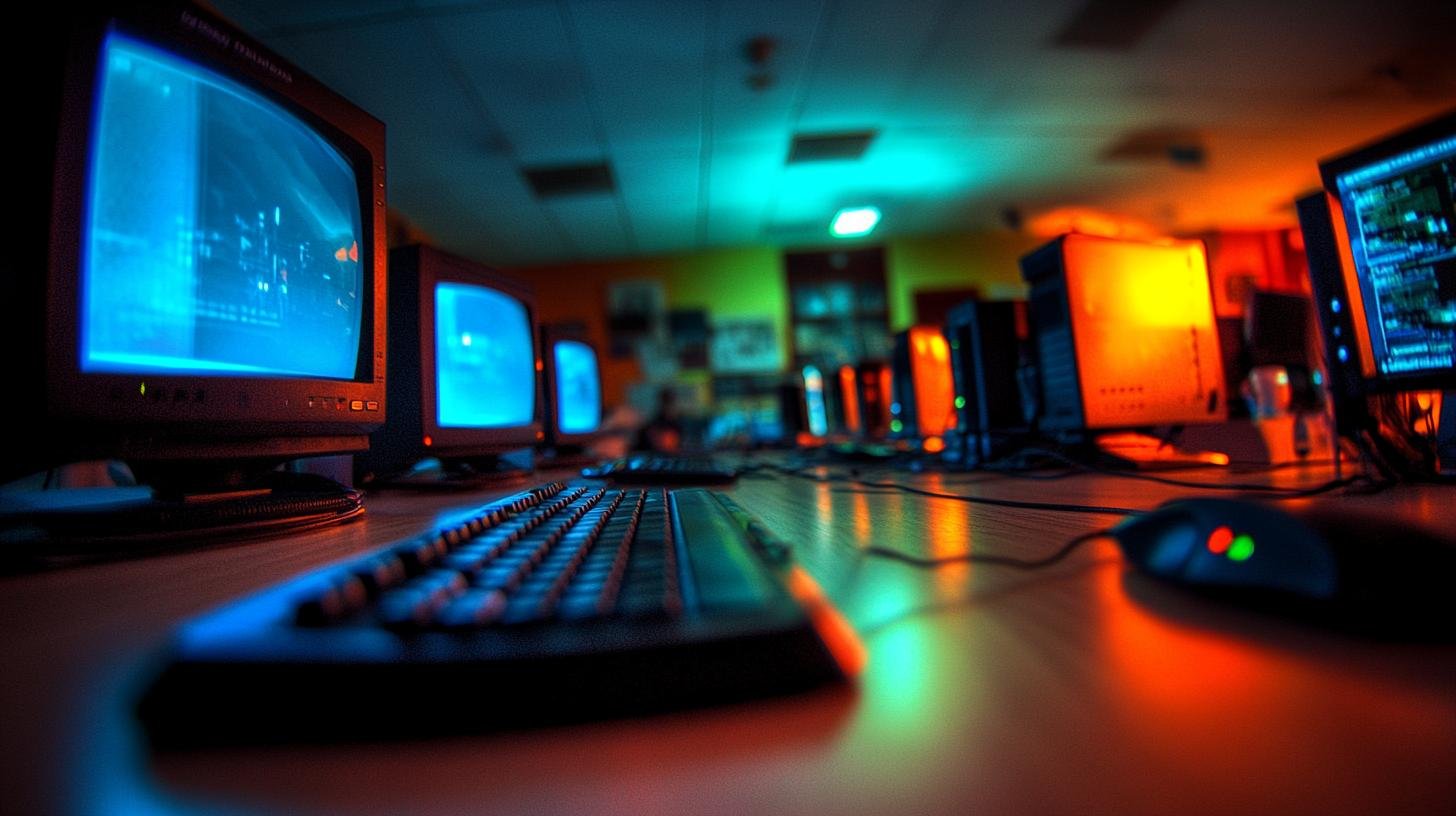OpenAI's recent release of the Emily Bench is shaking up the AI world. This tool evaluates machine learning agents on engineering tasks. Some see it as a peek into AI's future. These AI models are not just doing simple tasks anymore. They are starting to contribute to science and innovation in big ways.
The debate among experts is growing. Some wonder when AI will surpass human ability in AI research. Leopold Ashenbrener, an expert in AI, suggests this could happen by 2027. This idea is both exciting and scary. What happens when machines surpass the best human researchers? Would they kick off a cycle of self-improvement, becoming better at improving themselves?

Emily Bench is a step in that direction. It is a benchmark for seeing how well AI agents perform in real-world machine learning tasks. OpenAI uses platforms like Kaggle, which hosts competitions in natural language processing and computer vision. These challenges test the AI's ability to handle complex tasks. The results from the Emily Bench show promise. OpenAI's Zero Preview model, paired with Aid scaffolding, scored a bronze medal in 17% of competitions.
These competitions are not easy. They attract high-caliber participants like PhD students and industry experts. Yet, AI models are keeping up with human competitors. This raises the question of how soon AI will fully automate tasks in AI research and beyond.
There are big prizes up for grabs in these competitions. This includes funding from big names like the Musk Foundation and other tech leaders. The financial stakes are high, and so are the potential benefits. Automated AI research could speed up scientific progress in areas like healthcare and climate science.
But with great power comes great responsibility. There are concerns about the risks if AI evolves too quickly. Some fear that AI could cause harm if not properly controlled and aligned with human values. This is why understanding AI progress is essential.
OpenAI's work on Emily Bench is pivotal. It offers a glimpse into a future where AI takes an even more active role in research and development. The challenge is to harness these advancements safely and effectively. The Emily Bench shows the potential for innovation but also highlights the need for caution.





